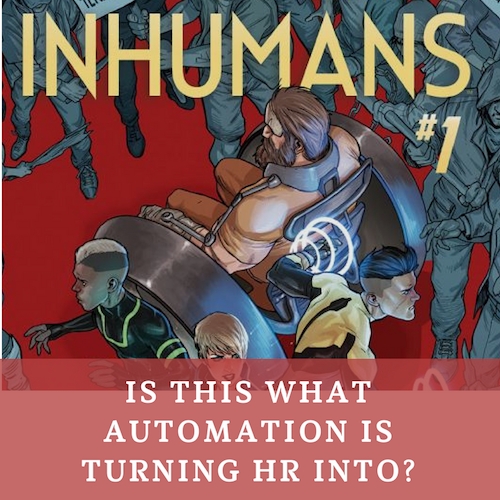It should help organisations become more effective and not take away the human aspect out of HR, feels experts.
Today automation is the buzzword, with almost every aspect of organisational operations being impacted due to technology. The following examples from across the globe reflect the ways in which automation is adversely affecting the traditional manner of functioning of HR.
A Los Angeles employee, Ibrahim Diallo, was fired by a machine. On reaching the office, Diallo’s entry pass failed to work, but somehow he gained entry with the help of a security guard. On reaching his seat, he found himself logged out of his work system and was informed by a colleague that the word ‘inactive’ was displayed alongside his name.
Recently, a Michigan mom, Crystal Reynolds Fisher, who messaged her boss 48 hours in advance to inform that she won’t be able to make it to work because her son was in the ICU, has gone viral. Her boss responded saying that if Fisher did not turn up for the shift, her absence would be taken as her resignation!
In a separate incident, a Sydney beauty salon worker who allegedly bullied colleagues was dismissed over a telephone call. In response to that, the Fair Work Commission warned that employees should only be sacked by phone, text or e-mail under ‘rare circumstances’ when there is a genuine risk of physical violence.

Even if the employee doesn’t comply with the code of conduct or there are disciplinary issues, it should not mean abrupt departure for him. The company has to ensure a proper exit and it has to have a human touch. The individual should be treated as a human and not as a machine, because ultimately organisations work for people
All the aforementioned stories hint at the deteriorating human–machine relationship.
In a study conducted by Oracle and Future Workplace—a research firm— involving 1,320 HR leaders and employees in the US, revealed that 93 per cent of employees were willing to trust orders from a robot.
It found that six per cent of HR professionals are actively deploying AI and 24 per cent are currently using some form of AI at work.
Technology is available to make our lives easier by building higher human touch points, not to dehumanise organisations, feel HR leaders. It should help organisations become more effective and not make people feel unwanted in an organisation.
“Even if the employee doesn’t comply with the code of conduct or there are disciplinary issues, it should not mean abrupt departure for him. The company has to ensure a proper exit and it has to have a human touch. The individual should be treated as a human and not as a machine, because ultimately organisations work for people,” said Gajendra Chandel, CHRO,Tata Motors.

Technology cannot substitute the human touch that we look for. The decision to let go an employee has to be handled with extreme sensitivity, while retaining the dignity of the employee. Hence, the manager of the employee and the human resources person must together convey the decision.
Most leaders believe that the decision to fire any employee has to be conveyed to the concerned employee in person, before taking away the access from machines.
At the time of hiring, an individual goes through several rounds of interviews and tests, so the onus is on the company to ensure that the person exits with dignity.
“Technology cannot substitute the human touch that we look for. The decision to let go an employee has to be handled with extreme sensitivity, while retaining the dignity of the employee. Hence, the manager of the employee and the human resources person must together convey the decision,” said Abhijit Bhaduri, leadership & culture expert.
Sensitive decisions such as these cannot be announced on such platforms, as they also reflect poorly on the organisation’s values and culture. After all, others also keep a watch.
No matter how much technology pervades our lives, it is important to treat people with dignity and respect, which is critical to the HR function.



